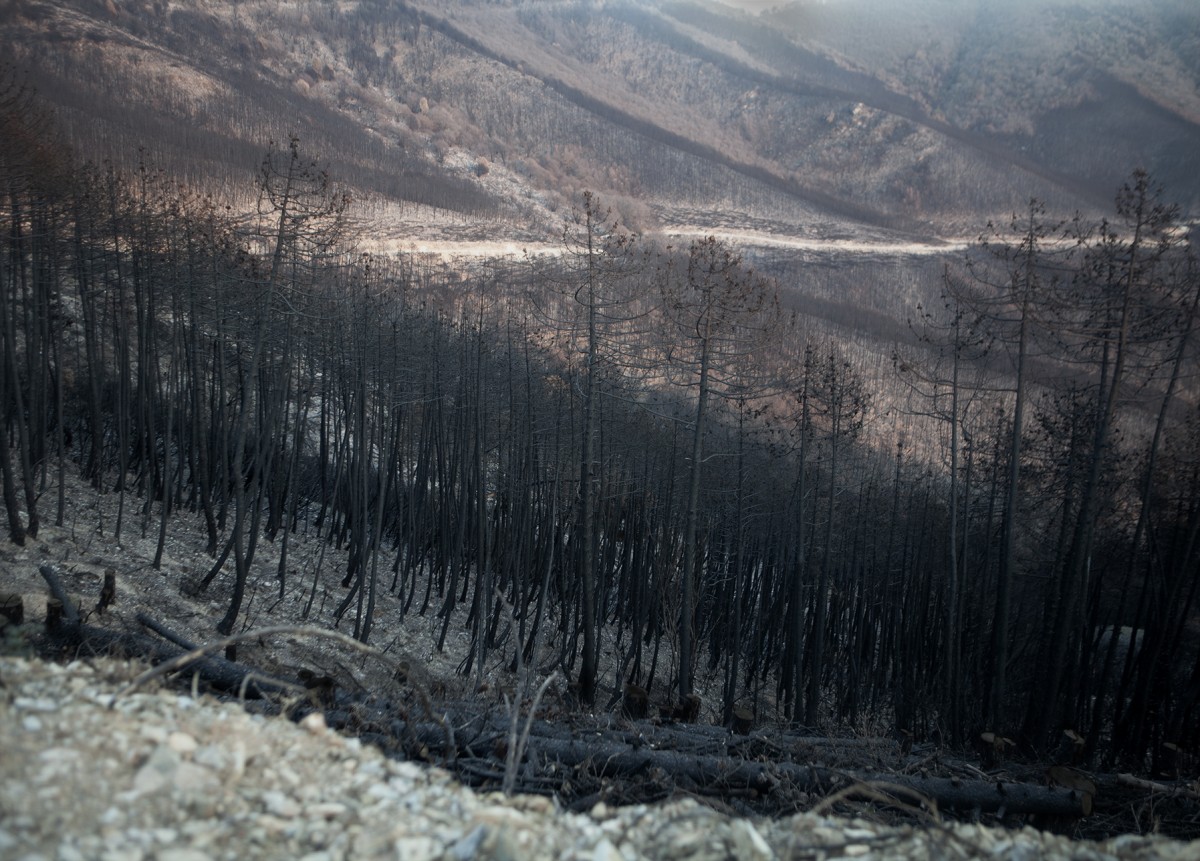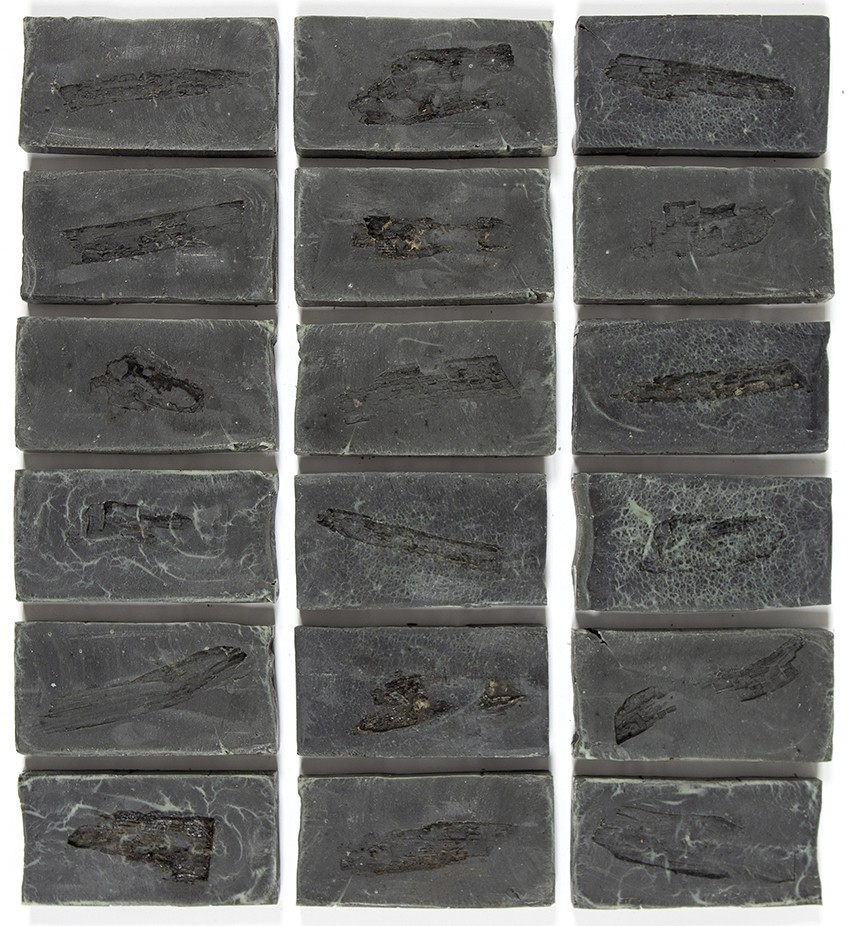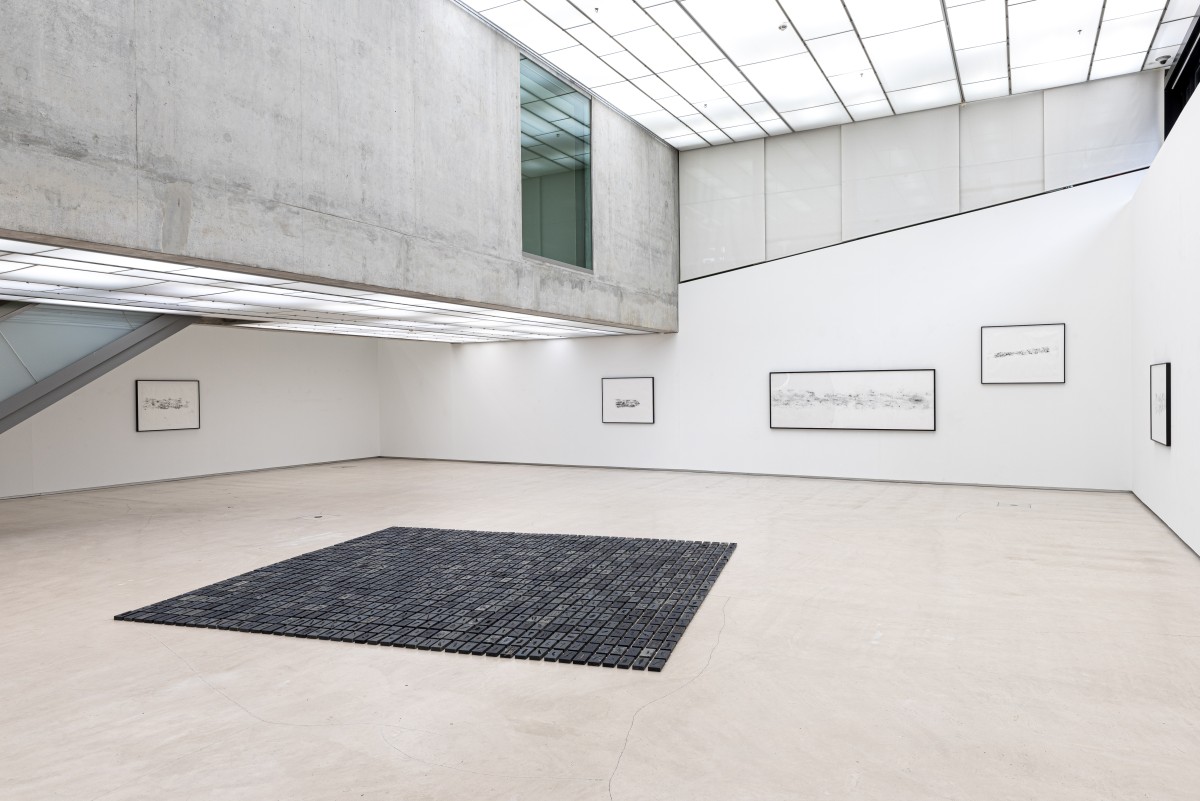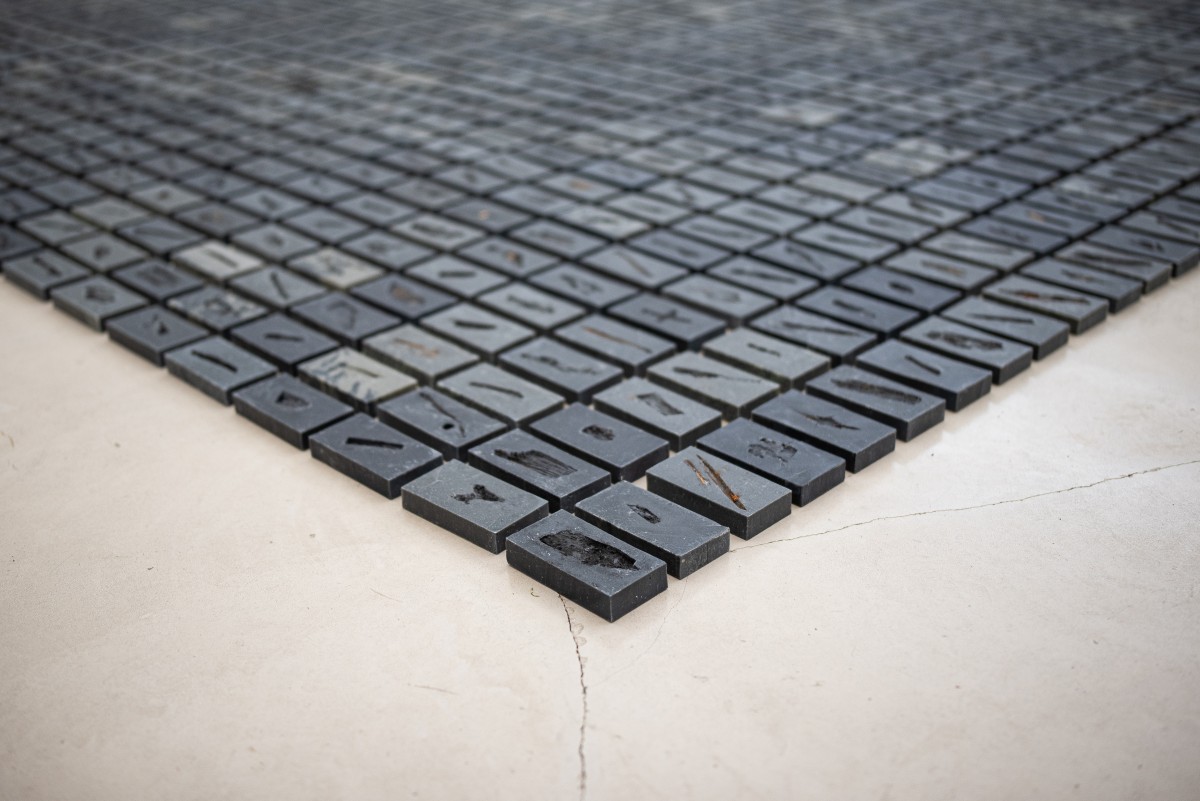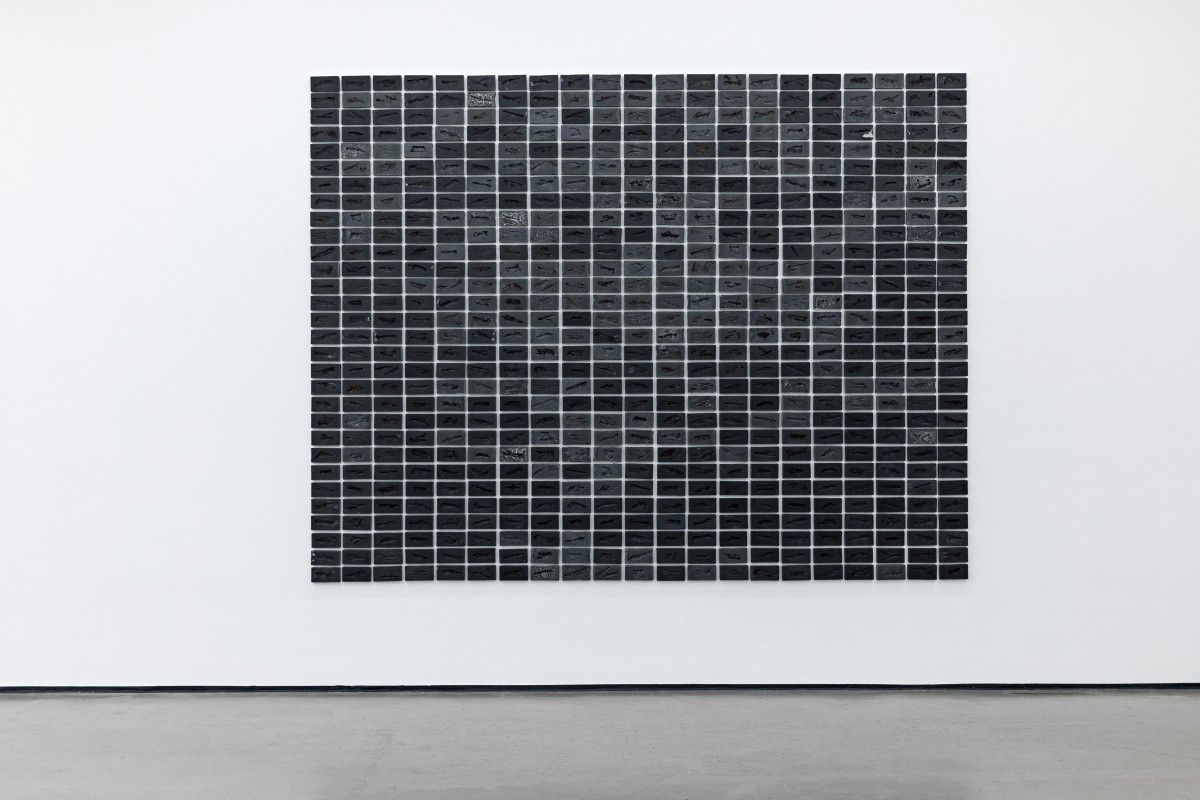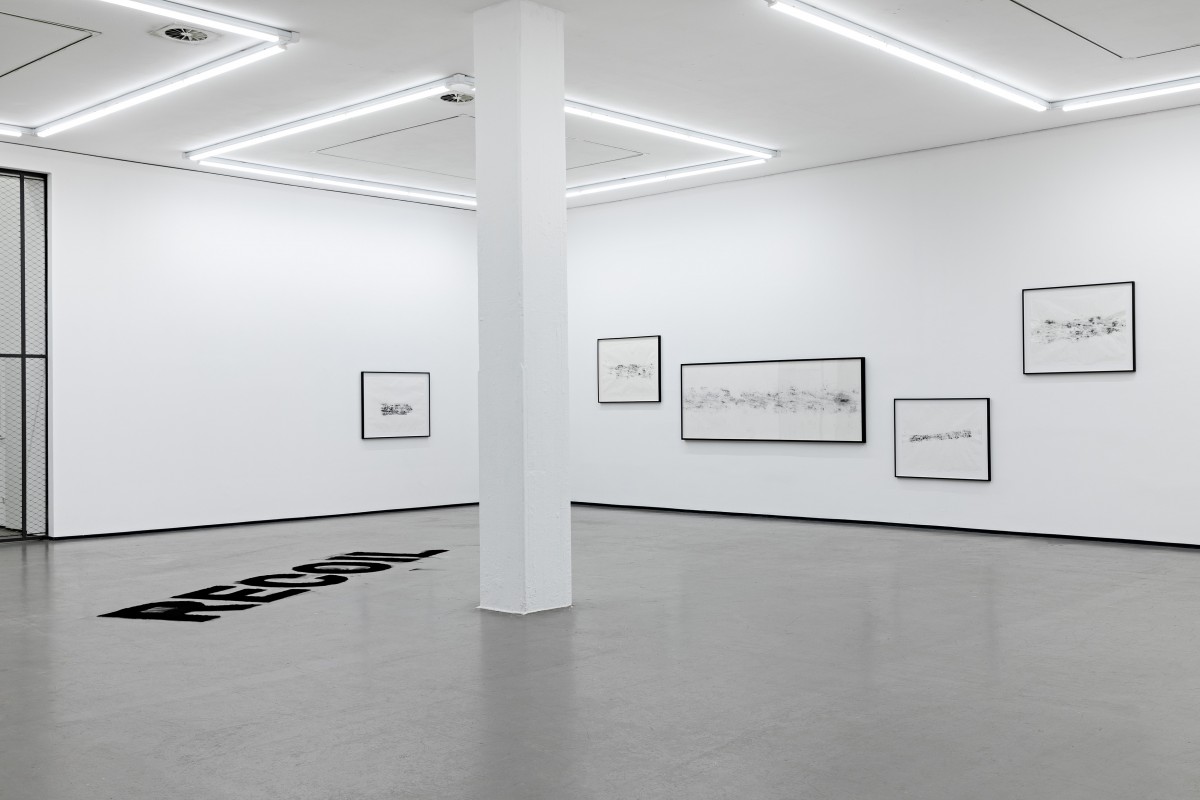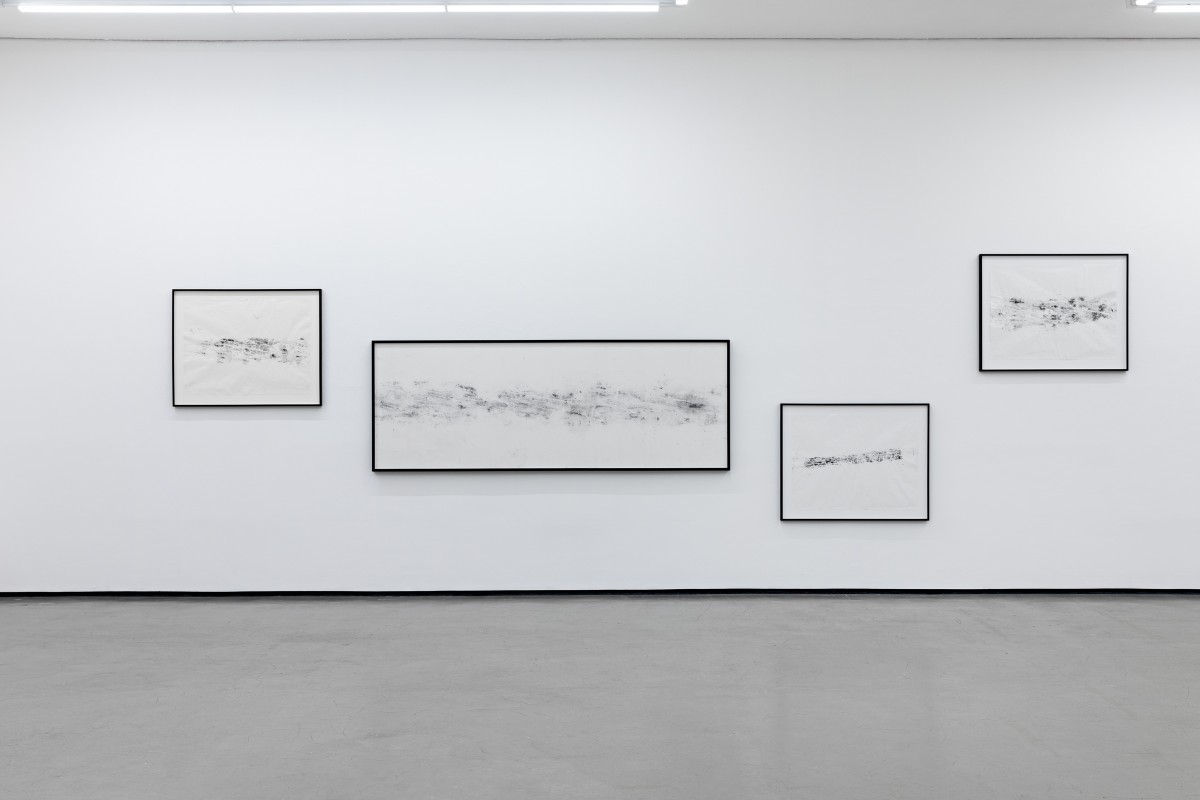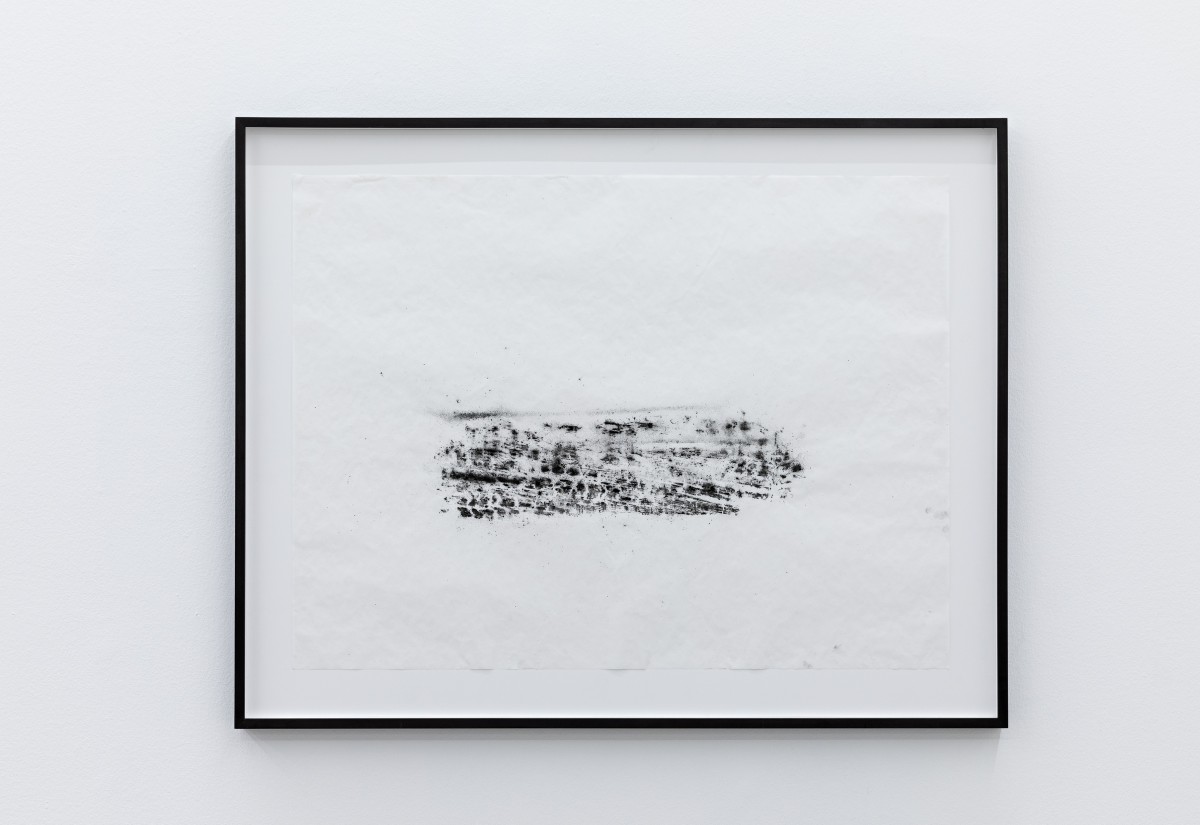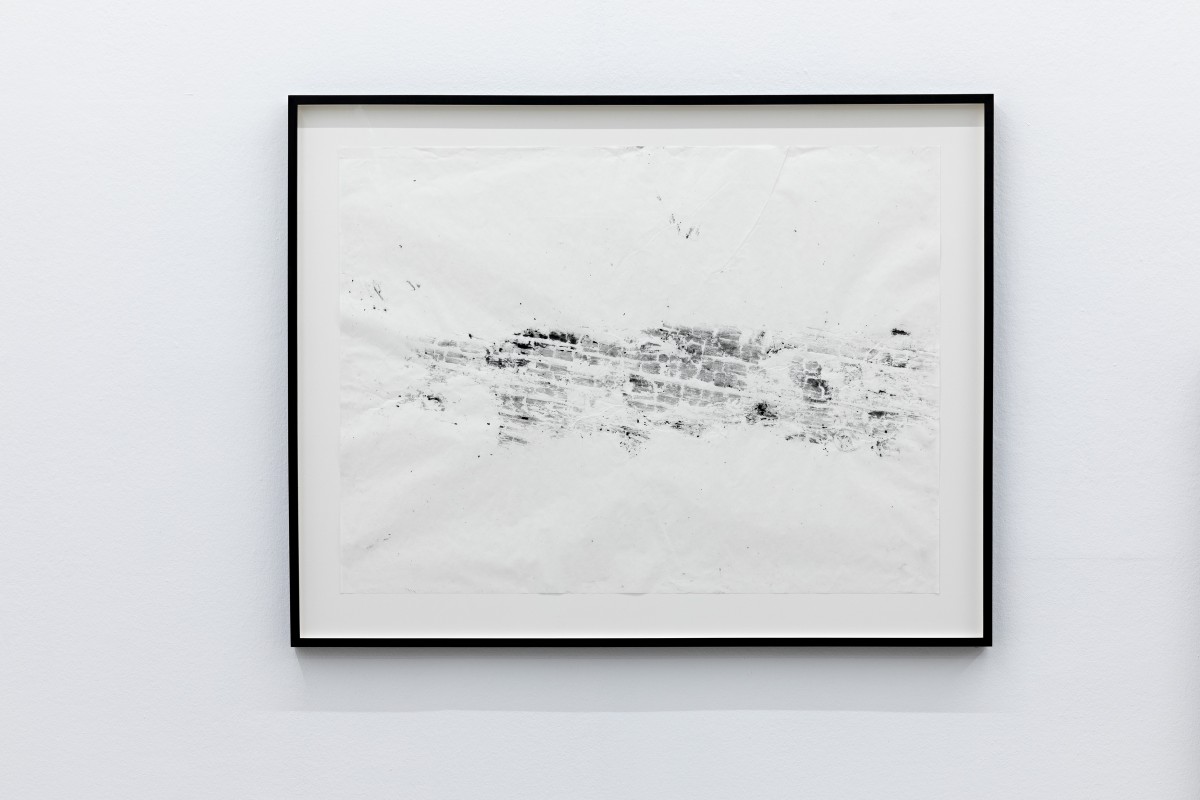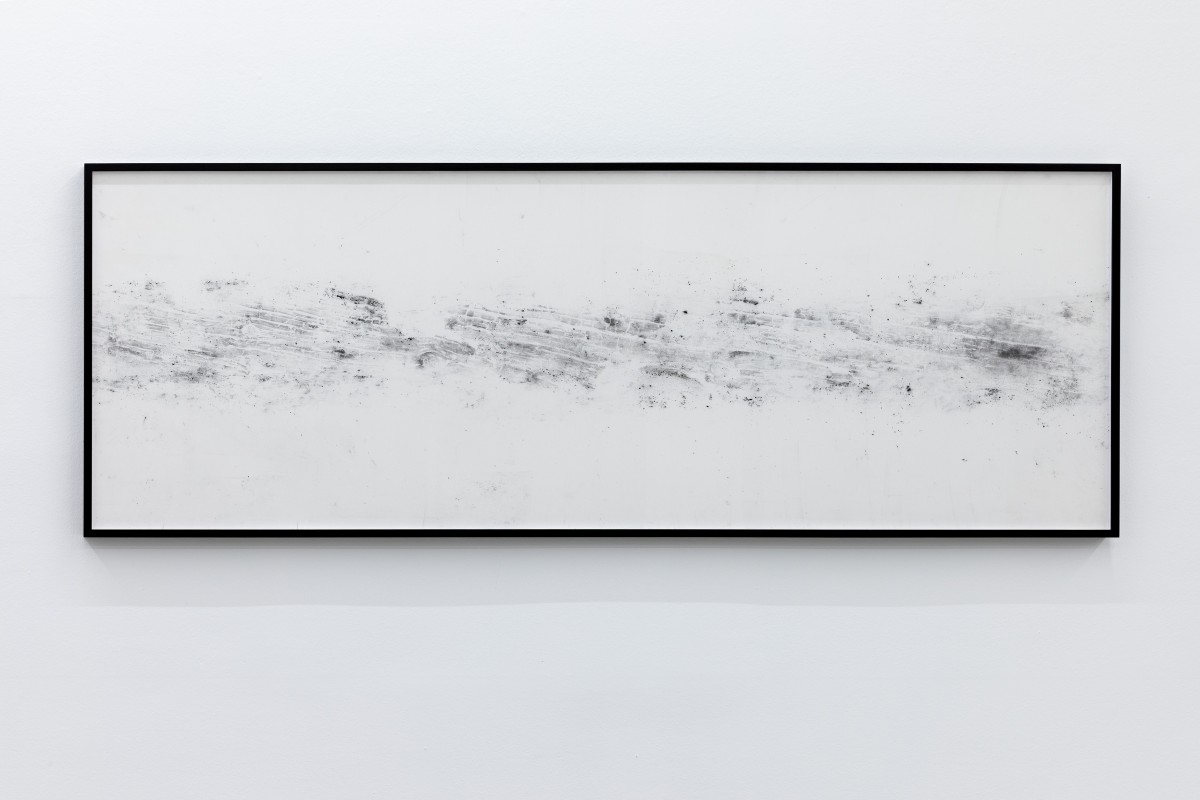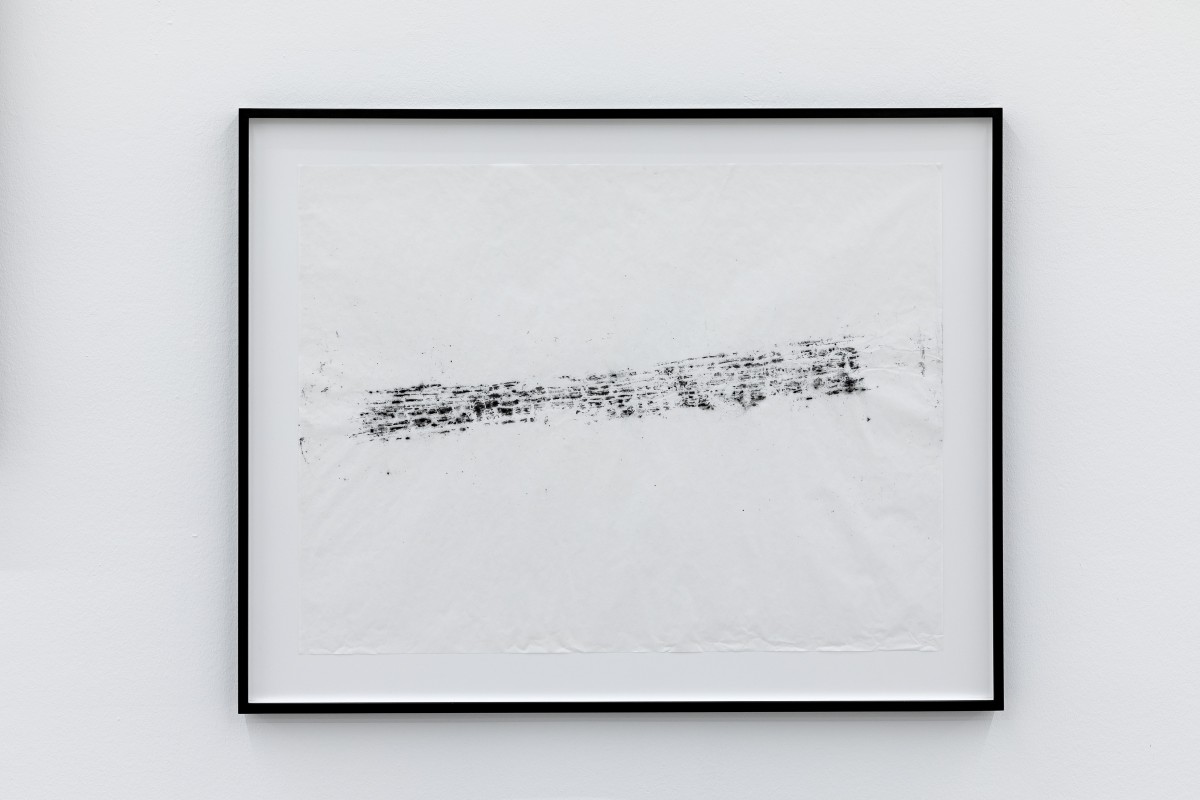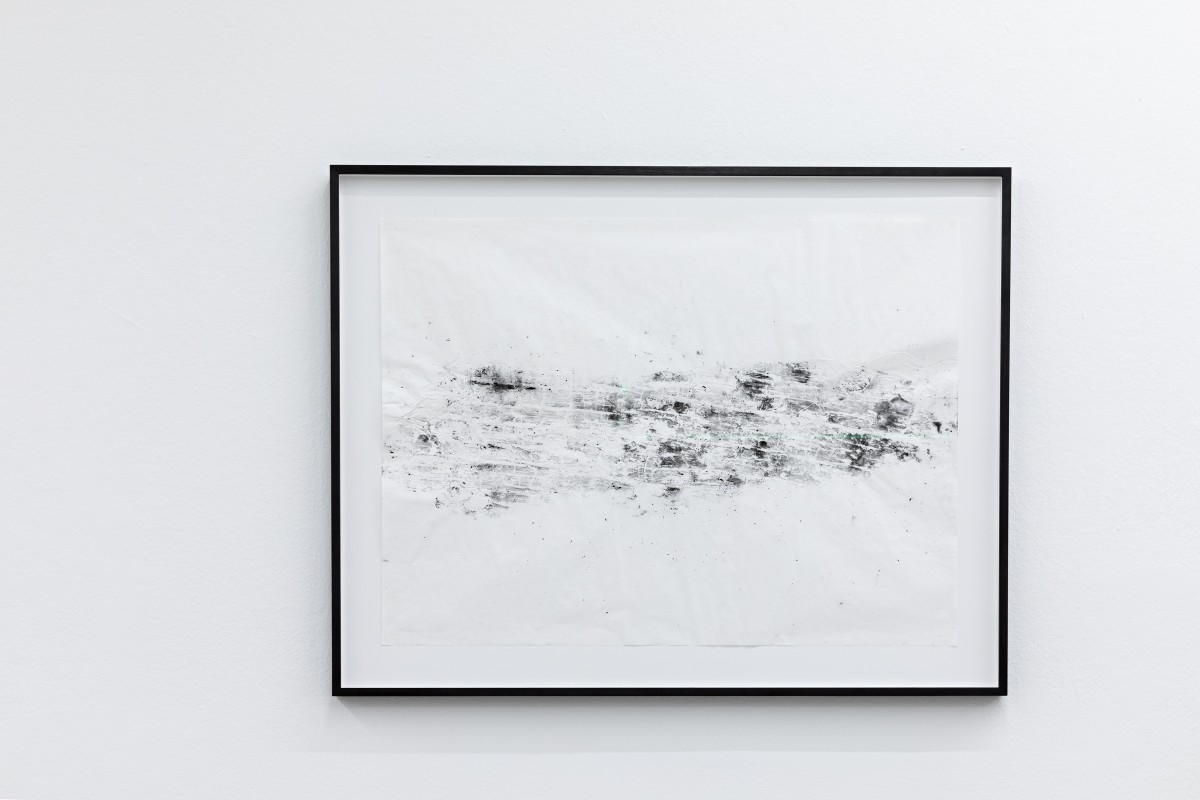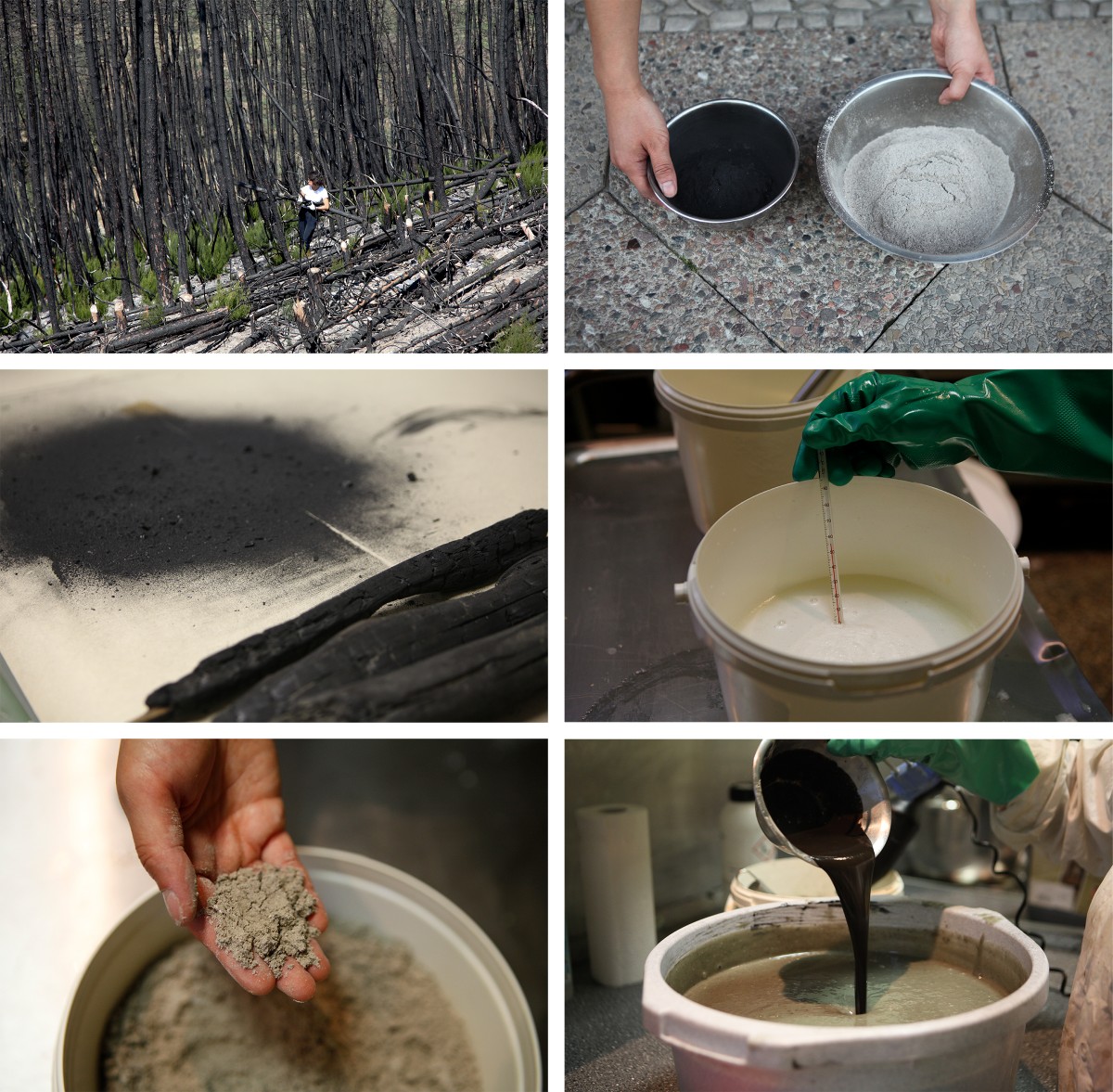EN
"Monte Serra in flames. September 2018. More than 600 hectares of forest burning. Irascible and resurgent, the fire is screaming. The landscape is deafening, mute. The soot is the sweat on the bones of remaining forms, marking the shroud that it is draped in. The ash, all is silent beneath its impalpable, impenetrable veil, awaiting. Awaiting water, now it is lye. It purifies, a new beginning.
Now, see the fire flaring again, burning between your hands in flames of water."
IT
"A fuoco il Monte Serra. Settembre 2018. Più di 600 ettari di bosco bruciato. Collerico e sorgivo il fuoco alza il suo grido leggero.
Ora il paesaggio è assordante, muto. La fuliggine è il sudore sulle ossa delle forme rimaste, segna la sindone che l’avvolge. La cenere che tutto tace sotto il suo manto impalpabile, impenetrabile attende. Attende acqua è ora liscivia. Purifica è nuovo inizio.
Vedi il fuoco adesso arde nuovamente, tra le tue mani brucia con fiamme d’acqua."
Text: A. d´A
EN
In September, 2018, a forest fire raged on Monte Serra, devastating six to seven hundred hectares of mountain woodland. The coal-black, dust-dry, burned remains of a forest devoid of life, made for a melancholic, post-apocalyptic scene and formed the starting point of Jeewi Lee’s project Ashes to Ashes.
For Ashes to Ashes Lee produces (15 x 7,8 x 2,5 cm large) soap sculptures made with natural oils as well as particles from the Tuscan forest’s scorched trees. Ash, a symbolic, purifying element, and charcoal, a pigment for the soap sculpture. Lee manually embosses each bar of soap with a piece of scorched bark as a stamp seal, thus manifesting traces of an extinguished past in the newly formed soaps. Altogether five hundred unique bars of soap were produced.
Up to 96% of forest fires are the result of human activity – an anthropogenic process– caused by arson or carelessness. At the same time, global heating and successions of hot, dry spells increase the risk of large-scale fires, as recently seen in the resurgence of ‘mega fires’ in Australia, California or Sweden. Entire ecosystems, whole animal kingdoms that have matured over decades, sometimes centuries, are irrevocably destroyed.
Bushfires release vast quantities of smoke with soot and fine particles posing a threat to human health while carbon dioxide emissions accelerate the greenhouse effect. An estimated two to three million tons of CO2 are said to have been released during the most recent fires – which constitutes about half the carbon dioxide released into the atmosphere in Australia annually. According to climate scientist Ina Tegen from the Leibniz Institute for Tropospheric Research “The Australian fires effect the climate globally”.
As destructive and fatal as the fires appear to be for the Earth, paradoxically this obliteration of nature has its own renewal embedded within. Nature can outlive human destruction.
After a forest fire the soil is ‘purified’ and the ash is rich with nutrients that provide reemerging vegetation with the energy needed to flourish. The alkaline properties of ash lend it its cleansing power. Ash, combined with oils, was the main component of early soaps made by the Sumerians. At the same time, the act of washing the body can be metaphorically likened to ‘a new beginning’, which becomes part of a reoccurring process: “Everything we wash from our hands today will one day reappear on our plates.” A continuous cycle.
DE
Im September 2018 wütet auf Monte Serra, einem Waldgebirge zwischen Pisa und Florenz, auf 600-700 Hektar großem Gebiet ein Waldbrand mit zerstörerischer Kraft. Die abgebrannten, kohlenschwarzen und staubtrockenen Überreste des Waldes ohne jegliche Lebendigkeit erschufen eine Szenerie melancholischer Post-Apokalypse und bilden den Ausgangspunkt des Projekt „Ashes to Ashes“ der Künstlerin Jeewi Lee.
In „Ashes to Ashes“ produziert Lee (15 x 7,8 x 2,5 cm große) Seifenskulpturen die neben natürlichen Ölen die Partikel der verbrannten Bäume des toskanischen Waldes enthalten. Asche, als symbolisches, reinigendes Element und Kohle, als Pigment für die Seifenskulpturen. In jede Seife druckt Lee, ähnlich eines Siegelstempels, die verbrannte Rinde von Hand und hinterließ so in der neu hergestellten Seife Spuren der ausgelöschten Vergangenheit. So entstanden über 500 Seifen, Unikate.
Waldbrände sind zu 96% das Ergebnis menschlichen Handelns - ein anthropozänischer Prozess - verursacht durch Brandstiftung oder Fahrlässigkeit. Gleichzeitig werden Risiken zu großem Feuer durch die globale Erderwärmung bzw. die Häufung heißer, trockener Tage zunehmend erhöht, so wie im Fall der zuletzt immer wieder tobenden „Megafeuer“ in Australien, Kalifornien oder Schweden. Die in Jahrzehnten, teils Jahrhunderten gewachsenen Ökosysteme samt seiner Tierwelt gehen durch Waldbrände unwiderruflich verloren.
Die Buschfeuer produzieren eine immense Menge an Rauch. Der enthaltene Ruß und Feinstaub bedrohen die Gesundheit der Menschen und der Ausstoß von Kohlendioxid beschleunigt den Treibhauseffekt. 200 bis 300 Millionen Tonnen CO2 sollen groben Schätzungen bei den jetzigen Bränden freigesetzt worden sein - das ist etwa die Hälfte der Menge an Kohlendioxid, die Australien ohne Waldbrände pro Jahr in die Atmosphäre ablässt: “Beim Klima wirken die Brände in Australien weltweit“, sagt die Klimaforscherin Ina Tegen vom Leibniz-Institut für Troposphärenforschung in Leipzig.
So zerstörerisch und fatal diese Feuer für die Erde zu sein scheinen, paradoxerweise ist im scheinbaren Vernichtungsvorgang von Naturen ihr Wiederaufleben bereits angelegt. Das System Natur ist überlebensfähiger als die vom Menschen herbeigeführte Zerstörung.
Nach einem Waldbrand ist der Boden „gereinigt“ und durch die Asche so nährstoffreich, so dass die nachwachsende Vegetation mit Energie für ihr Wiedererblühen versorgt wird. Durch die laugenhaltigen Eigenschaft besitzt Asche eine stark reinigende Kraft. In Kombinationen mit Ölen war Asche Hauptbestandteil der ersten, durch die Sumerer menschlich hergestellten Seifen. Der Akt körperlicher Reinigung wiederum, ist metaphorisch mit einem „neubeginnenden“ Moment gleichzusetzen, der sich einfügt in einen als Kreislauf zu denkenden Prozess: „Alles was wir heute aus unseren Händen mit der Seife wegspülen, wird ebenfalls irgendwann auf unsern Tellern landen.“ Ein Kreislauf.
Text: Juliet Kothe
Special thanks to: Amba Seifenmanufaktur
